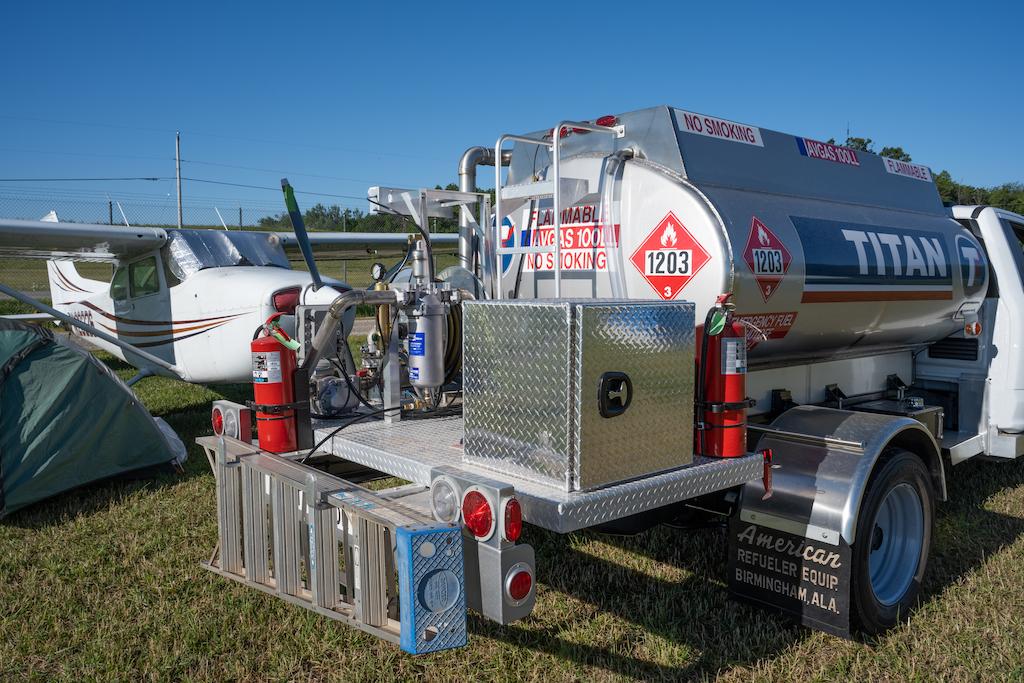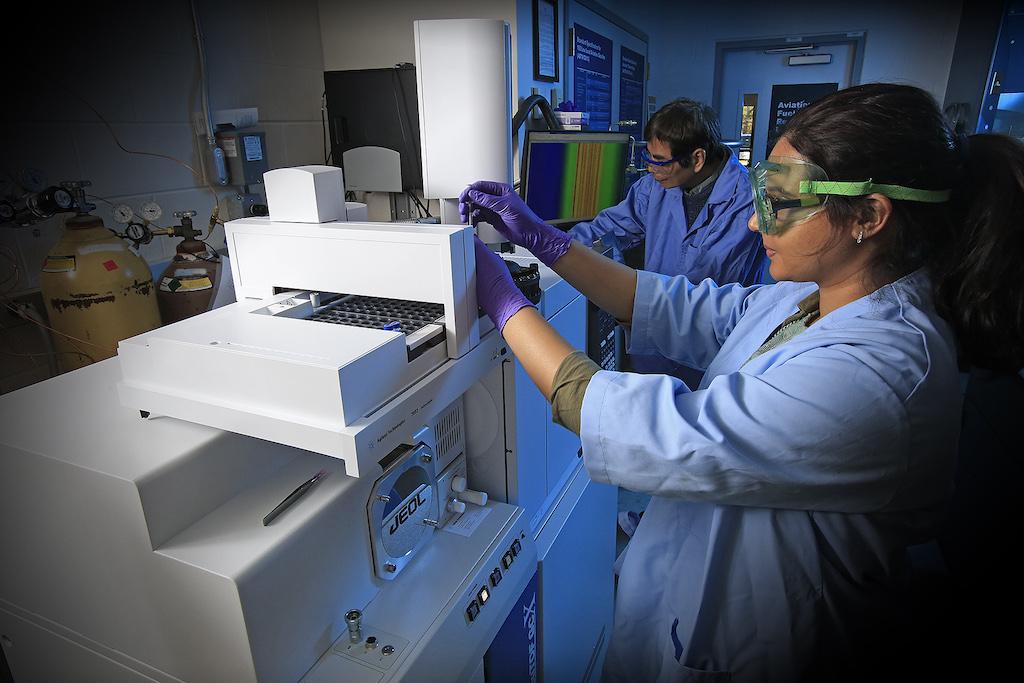
The industry-government EAGLE initiative aims to phase out the use of 100LL avgas by 2030.
The industry-government program dedicated to phasing out leaded aviation fuel by 2030 has named a senior coordinator and lead executives of its four focus areas.
The executive committee of the Eliminate Aviation Gasoline Lead Emissions (EAGLE) program on Sept. 28 announced the appointment of Robert Olislagers as senior coordinator of the initiative, which the FAA unveiled in February to expedite development of a drop-in, unleaded avgas that works universally across the piston-engine aircraft fleet.
Olislagers retired as CEO and executive director of Centenniel Airport (KAPA) near Denver, Colorado, after serving 21 years in that role. During his tenure there, KAPA became the state’s first general aviation (GA) airport to adopt an environmental sustainability program. Olislagers participated in the Transportation Research Board study, “Options for Reducing Lead Emissions from Piston-Engine Aircraft,” published in January 2021.
“Robert brings a wealth of subject matter knowledge and expertise to EAGLE, and we look forward to having him lead this important initiative as it continues to gain momentum,” the committee stated. “He is determined to see EAGLE succeed in its work across its four pillars to ensure a viable and safe transition to an unleaded future state for piston-engine aircraft.”
The EAGLE executive committee consists of representatives from the FAA and aviation and petroleum industry organizations. In addition to announcing the appointment of Olislagers, the committee said it has expanded its membership to include the International Council of Air Shows and the National Association of State Aviation Officials.
The latter organizations join the Aircraft Owners and Pilots Association (AOPA), the American Association of Airport Executives (AAAE), the American Petroleum Institute (API), the Experimental Aircraft Association (EAA), the General Aviation Manufacturers Association (GAMA), Helicopter Association International (HAI), the National Air Transportation Association (NATA) and NBAA on the committee.
Four individuals have been named to lead each of the EAGLE program’s four “pillars” or focus areas:
- Ralph Iovinelli, manager of the emissions division of the FAA Office of Environment and Energy, leads the Regulatory and Policy pillar;
- Maria Di Pasquantonio, manager of research coordination for the FAA Aircraft Certification Service alternative fuels program, leads Unleaded Fuel Testing and Qualification;
- Tim Smyth, retired former manager of the FAA’s Chicago Aircraft Certification Office, leads Research and Development; and
- Ryan Manor, a retired 32-year veteran of the petroleum industry, leads Supply Chain Infrastructure and Deployment.
Fleet Authorization And Testing

The executive committee reported that unleaded aviation fuels developed by partnerships of Afton Chemical/Phillips 66 and LyondellBasell/VP-Racing are advancing through fleet authorization and testing under the auspices of the EAGLE program. Unleaded avgas products developed by General Aviation Modifications Inc. (GAMI) and Swift Fuels are being advanced through FAA supplemental type certification (STC) approvals.
On Sept. 1, GA organizations announced that the FAA had authorized the use of GAMI’s G100UL unleaded avgas “in every general spark-ignition engine and every airframe powered by those engines.”
EAGLE executive committee member NATA, which represents FBOs and aviation service companies, on Sept. 12 released a white paper aimed at educating fuel service providers on best practices for deploying unleaded avgas. The paper, “Unleaded Avgas Conversion Considerations for Aviation Fuel Providers,” describes four phases—Discovery, Preliminary Communication, Infrastructure Considerations and Final Communications—for providers offering both unleaded avgas and 100 Low Lead in advance of widespread unleaded avgas availability.
Once multiple grades of avgas are deployed at airports, the risk of pilots misfuelling their aircraft becomes a key concern, the association warns. “It is critical to have a misfuelling prevention program in place…when introducing new fuels,” said Steve Berry, NATA managing director of safety and training. “Keeping lines of communication open between pilots and FBOs throughout the fueling process is also essential.”


